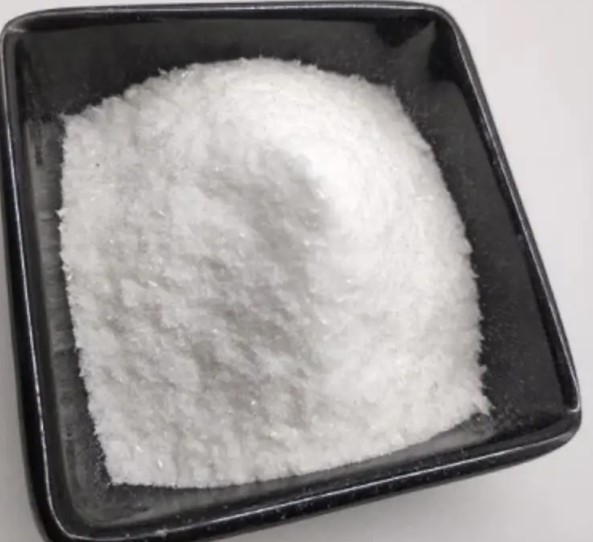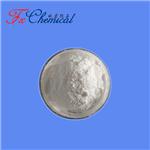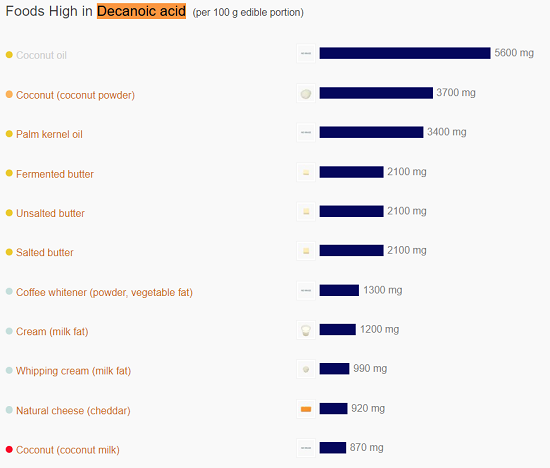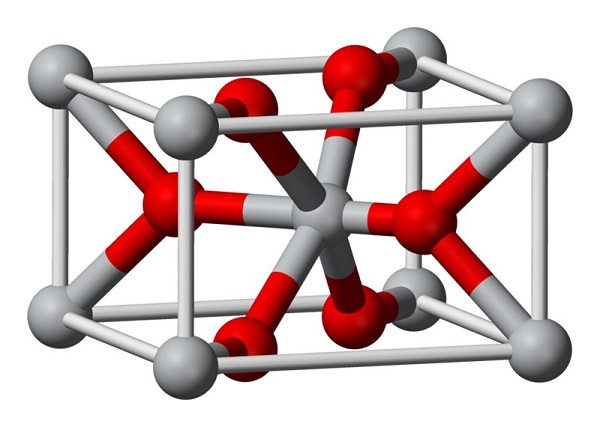The uses of Decanoic acid
Introduction
Decanoic acid is an organic compound with the chemical formula CH3(CH2)8COOH. This white crystalline solid compound is Slightly soluble in chloroform and Methanol. The term capric acid is derived from the Latin "caper / capra" (goat) because the sweaty, unpleasant smell of the compound is reminiscent of goats.

Uses
Decanoic acid is used to manufacture esters for artificial fruit flavors and perfumes. It is also used as an intermediate in chemical synthesis. It is used in organic synthesis and industrially in the manufacture of perfumes, lubricants, greases, rubber, dyes, plastics, food additives, and pharmaceuticals.
Decanoic acid belongs to Medium-chain fatty acids (MCFA), which are dietary components with a chain length ranging from 6 to 12 carbon atoms. MCFA can cross the blood-brain barrier and in the brain can be oxidized through mitochondrial β-oxidation. As components of ketogenic diets, MCFA has demonstrated beneficial effects on different brain diseases, such as traumatic brain injury, Alzheimer's disease, drug-resistant epilepsy, diabetes, and cancer. Damiano et al. followed the metabolic changes of U87MG glioblastoma cells after adding octanoic (C8) or decanoic (C10) acids for 24 h. Their data demonstrated that, while C8 affected mitochondrial metabolism, resulting in increased ketone body production, C10 mainly influenced cytosolic pathways by stimulating fatty acid synthesis. Moreover, glutamine might be the primary substrate for fatty acid synthesis in C10-treated cells[1-2].
Decanoic acid is a fatty acid found to decrease gap junction channel coupling. Long-chain alcohols, fatty acids, general anesthetics (e.g., halothane, isoflurane), carbachol (an acetylcholine analog), α-adrenergic agonists (phenylephrine), angiotensin, insulin, insulin-like growth factor, and the nonsteroidal agents fenamates also have this effect.
In addition, the nine-carbon nonanoic acid, ten-carbon decanoic acid, and a branched-chain octanoic acid (4-methyloctanoic acid) showed improved seizure control and a better side-effect profile than valproate. Perampanel is an adjunctive treatment for epilepsy that works through the direct inhibition of AMPA receptors. The exact molecular mechanism has recently been shown for a fatty acid, decanoic acid, prescribed in the medium-chain triglyceride ketogenic diet for the treatment of patients with drug-resistant epilepsy. Augustin's results show a synergistic interaction between perampanel and decanoic acid in direct AMPA receptor inhibition[3].
References
[1] Giudetti, Anna Maria , and Fabrizio Damiano, Giuseppe E. De Benedetto, Serena Longo, Laura Giannotti, Daniela Fico, Luisa Siculella*, Anna M. Giudetti. "Decanoic Acid and Not Octanoic Acid Stimulates Fatty Acid Synthesis in U87MG Glioblastoma Cells: A Metabolomics Study." Frontiers in Neuroscience (2020).
[2] Warren, Eleanor C , et al. "Decanoic acid inhibits mTORC1 activity independent of glucose and insulin signaling." Proceedings of the National Academy of Sciences 117.38(2020).
[3] Augustin, Katrin , et al. "Perampanel and decanoic acid show synergistic action against AMPA receptors and seizures." Epilepsia (2018).
You may like
Related articles And Qustion
See also
Lastest Price from Decanoic acid manufacturers

US $0.00-0.00/kg2025-08-07
- CAS:
- 334-48-5
- Min. Order:
- 1kg
- Purity:
- 99%
- Supply Ability:
- 20MT

US $0.00/kg2025-04-21
- CAS:
- 334-48-5
- Min. Order:
- 25kg
- Purity:
- 99%min
- Supply Ability:
- 1000kg



